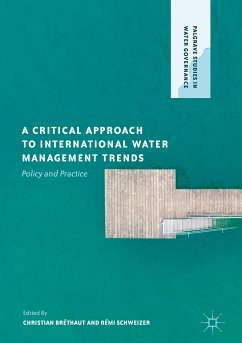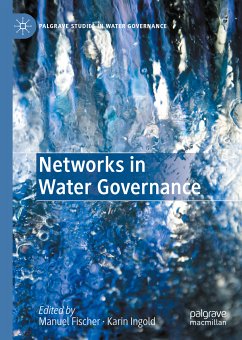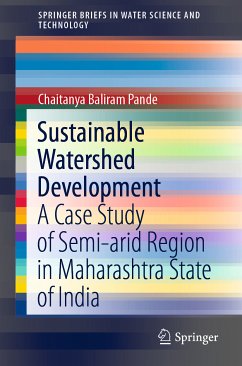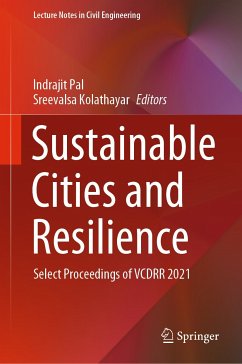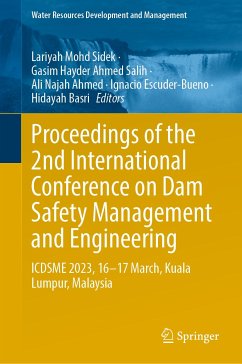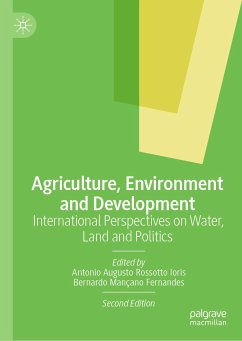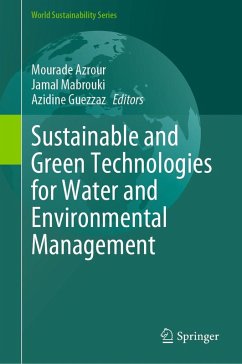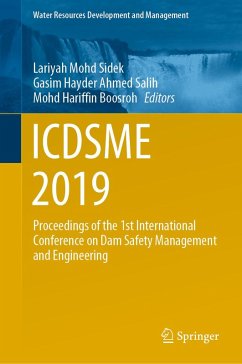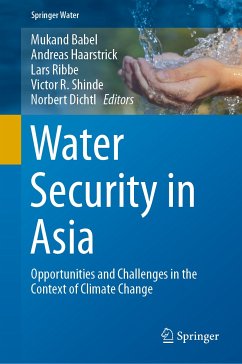
Water Safety, Security and Sustainability (eBook, PDF)
Threat Detection and Mitigation
Redaktion: Vaseashta, Ashok; Maftei, Carmen
Versandkostenfrei!
Sofort per Download lieferbar
112,95 €
inkl. MwSt.
Weitere Ausgaben:

PAYBACK Punkte
56 °P sammeln!
This book focuses on threats, especially contaminants, to drinking water and the supply system, especially in municipalities but also in industrial and even residential settings. The safety, security, and suitability landscape can be described as dynamic and complex stemming from necessity and hence culpability due to the emerging threats and risks, vis-a-vis globalization resulting in new forms of contaminants being used due to new technologies. The book provides knowledge and guidance for engineers, scientists, designers, researchers, and students who are involved in water, sustainability, a...
This book focuses on threats, especially contaminants, to drinking water and the supply system, especially in municipalities but also in industrial and even residential settings. The safety, security, and suitability landscape can be described as dynamic and complex stemming from necessity and hence culpability due to the emerging threats and risks, vis-a-vis globalization resulting in new forms of contaminants being used due to new technologies. The book provides knowledge and guidance for engineers, scientists, designers, researchers, and students who are involved in water, sustainability, and study of security issues. This book starts out with basics of water usage, current statistics, and an overview ofwater resources. The book then introduces different scenarios of safety and security and areas that researchers need to focus. Following that, the book presents different types of contaminants - inadvertent, intentional, or incidental. The next section presents different methodologies of contamination sensing/detection and remediation strategies as per guidance and standards set globally. The book then concludes with selected chapters on water management, including critical infrastructure that is critical to maintaining safe water supplies to cities and municipalities. Each chapter includes descriptive information for professionals in their respective fields. The breadth of chapters offers insights into how science (physical, natural, and social) and technology can support new developments to manage the complexity resident within the evolving threat and risk landscape.
Dieser Download kann aus rechtlichen Gründen nur mit Rechnungsadresse in A, B, BG, CY, CZ, D, DK, EW, E, FIN, F, GR, HR, H, IRL, I, LT, L, LR, M, NL, PL, P, R, S, SLO, SK ausgeliefert werden.



